Contact
Write to Us And We Would Be Happy to Advise You.
Do you have any questions, or would you like to speak directly with a representative?
By hqt
In the world where technology and extreme conditions often meet, the demand for durable and reliable user interfaces, like membrane switches, becomes undeniable. Designing membrane switches for harsh environments is not just about ensuring functionality; it’s about pushing the boundaries of durability, reliability, and performance. This article delves deep into the intricacies of designing membrane switches that can withstand the toughest conditions, offering valuable insights and practical advice.
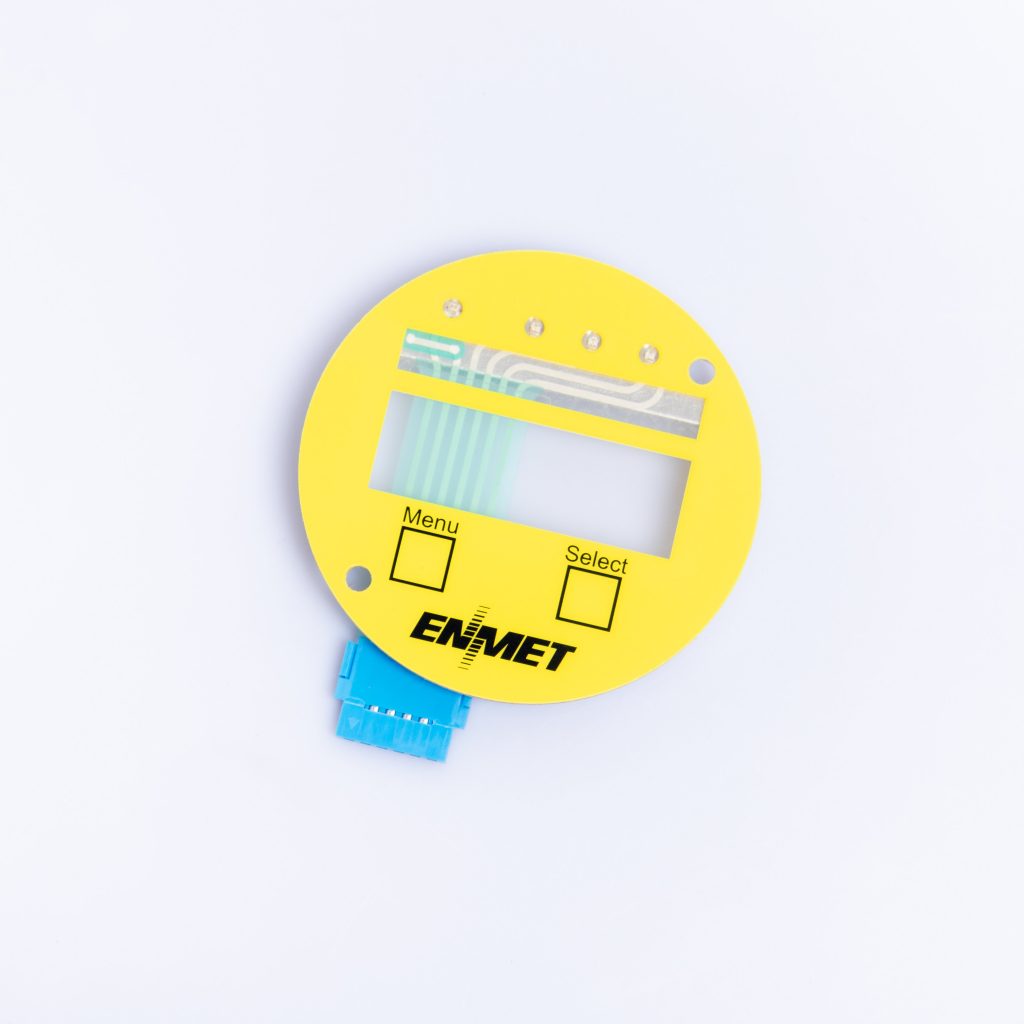
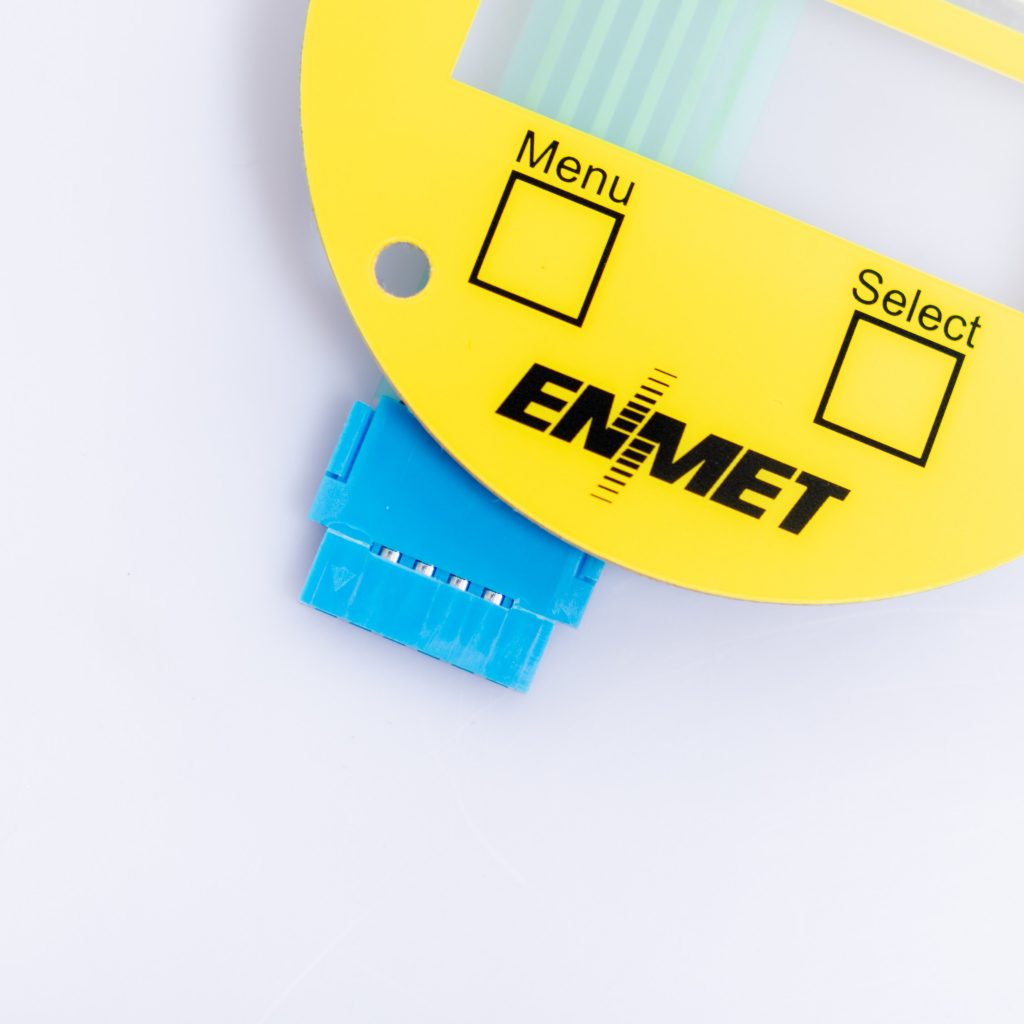
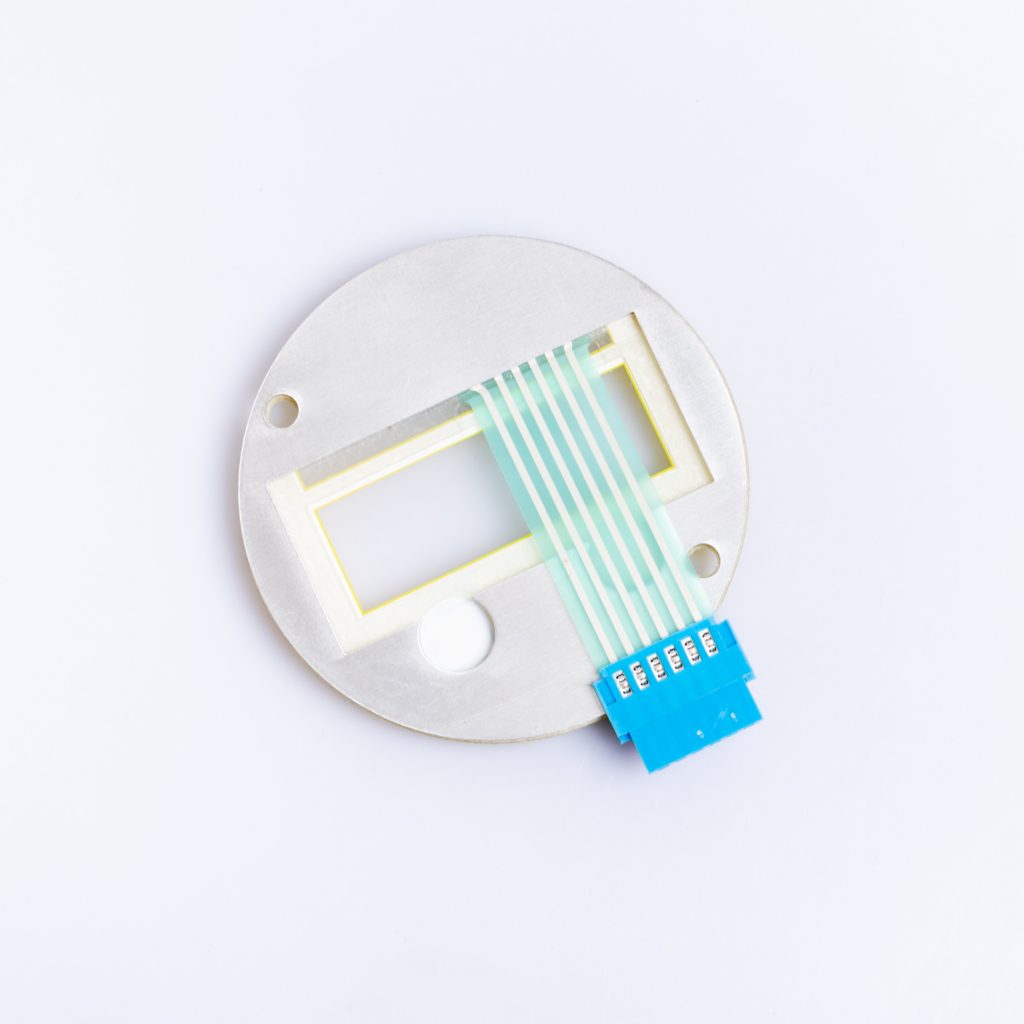
Before diving into the specifics of membrane switch design, it’s essential to grasp what constitutes a harsh environment. These settings can range from the sweltering heat of industrial furnaces to the freezing cold of arctic expeditions, not to mention locations prone to dust, moisture, and corrosive chemicals. Each of these conditions presents unique challenges, necessitating specific design considerations to ensure that membrane switches perform reliably under any circumstances.
At the heart of any design tailored for extreme conditions is the material selection. From the choice of substrate to the type of adhesive used, every component plays a pivotal role in the switch’s overall resilience. Special attention must also be paid to the sealant technologies that protect against moisture, dust, and chemical ingress, ensuring that the switches not only survive but thrive in challenging environments.
Selecting the right materials is crucial for ensuring the longevity and functionality of membrane switches in harsh conditions. High-performance polymers, metals, and silicone-based products often come into play, each offering different benefits in terms of flexibility, durability, and resistance to environmental factors.
Effective sealing is non-negotiable in harsh environment applications. Techniques such as encapsulation and the use of gaskets can provide the necessary barrier against water, dust, and chemicals, significantly extending the life span of the membrane switch.
In environments where users may be wearing gloves or dealing with visibility issues, the tactile feedback and overall design of the user interface become even more important. Designers must ensure that the actuation force, key travel, and feedback mechanisms are optimized for ease of use under any conditions.
Integrating membrane switches into the larger electrical and mechanical system requires careful planning. This includes considering the switch’s electrical specifications, such as current and voltage requirements, and how it interfaces with the surrounding components to form a cohesive and robust system.
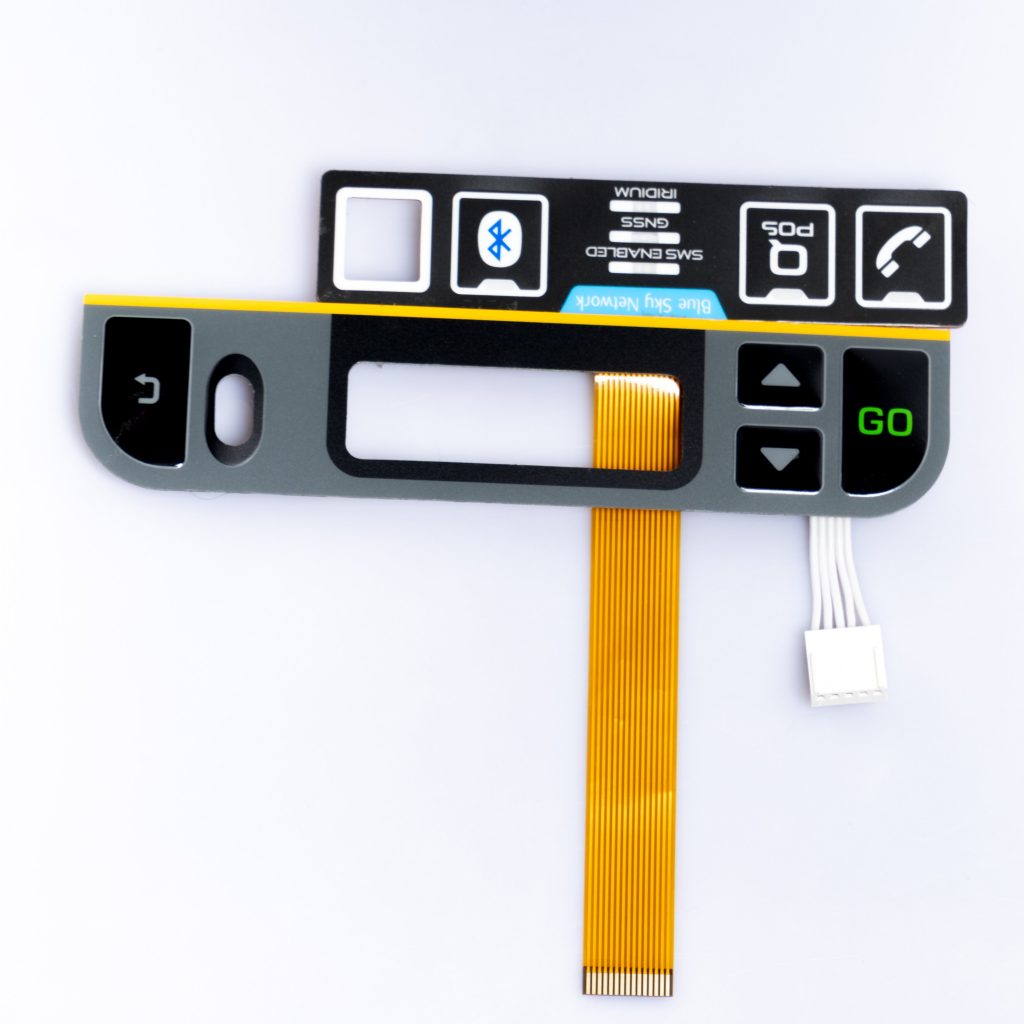
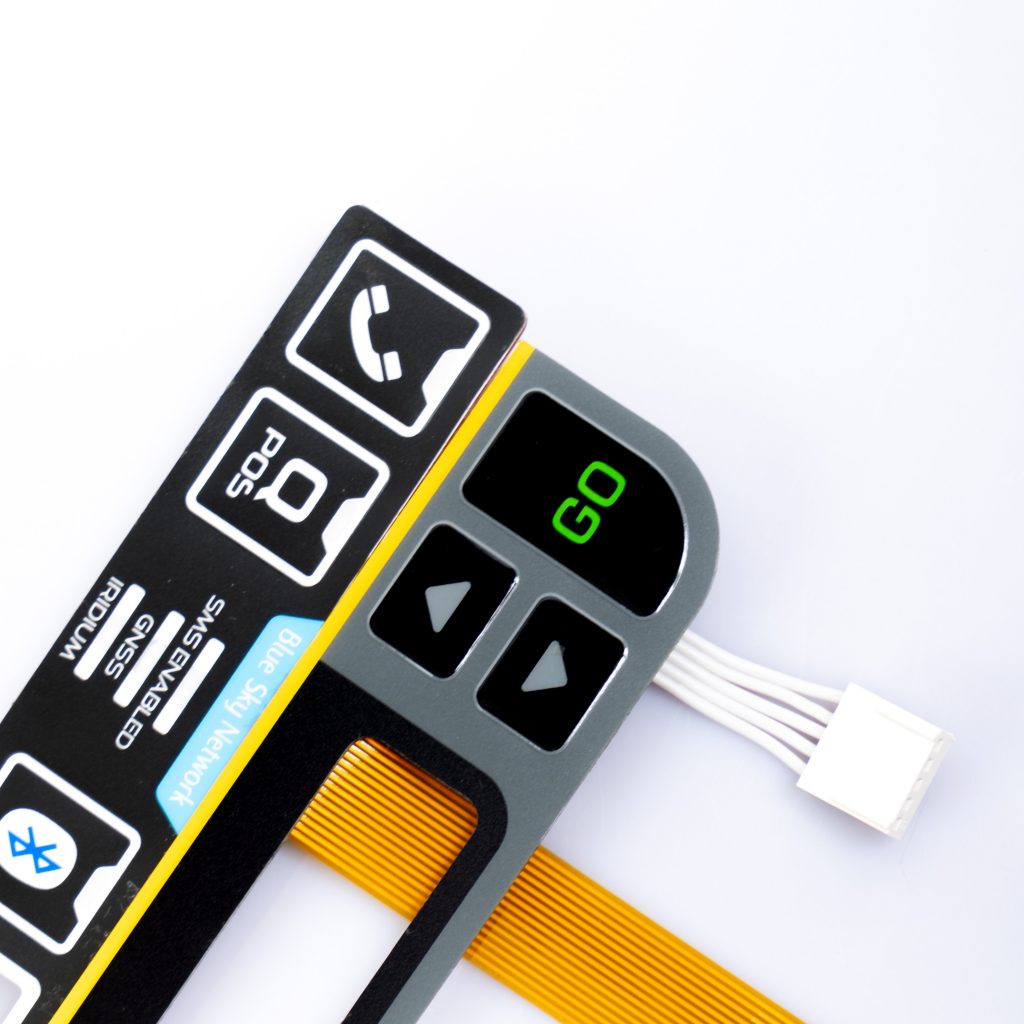
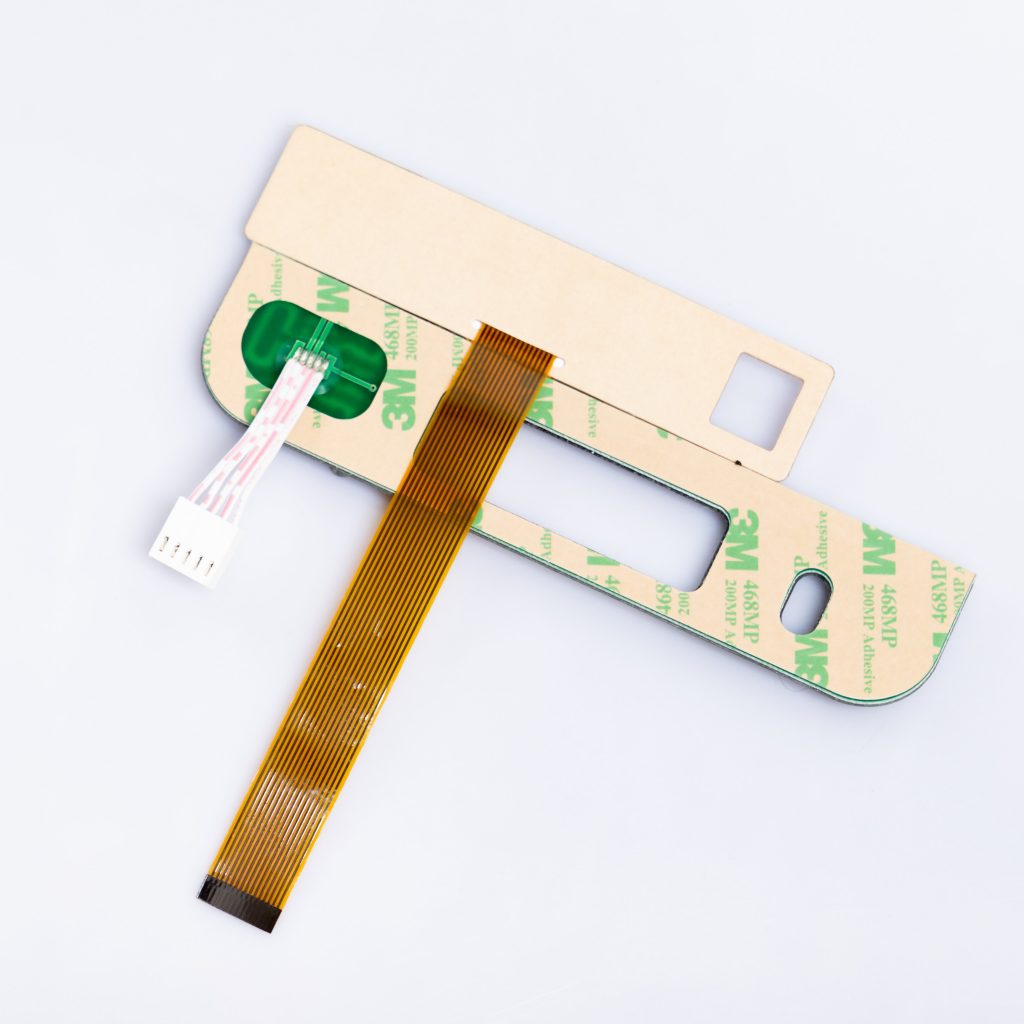
Last but not least, rigorous testing and certification processes are essential to validate the performance of membrane switches in harsh environments. This might involve subjecting the switches to extreme temperatures, moisture, dust, and chemical exposure, as well as mechanical durability tests to simulate years of use in challenging conditions.
The field of membrane switch design is ever-evolving, with new materials, technologies, and manufacturing techniques continually emerging. Innovations such as nanocoatings for enhanced chemical resistance and the integration of smart technologies for improved user interaction are just the beginning. As designers push the limits of what’s possible, membrane switches will become even more versatile, durable, and suited for the demands of harsh environments.
Designing membrane switches for harsh environments requires a meticulous approach, with careful consideration of materials, sealing technologies, user interface design, and integration into broader systems. By embracing the challenges and leveraging the latest innovations, designers can create membrane switches that not only meet but exceed the demands of extreme conditions, ensuring reliability, durability, and performance where it matters most.
Do you have any questions, or would you like to speak directly with a representative?